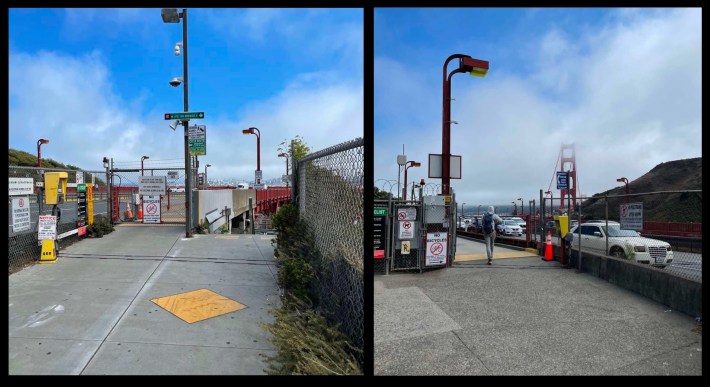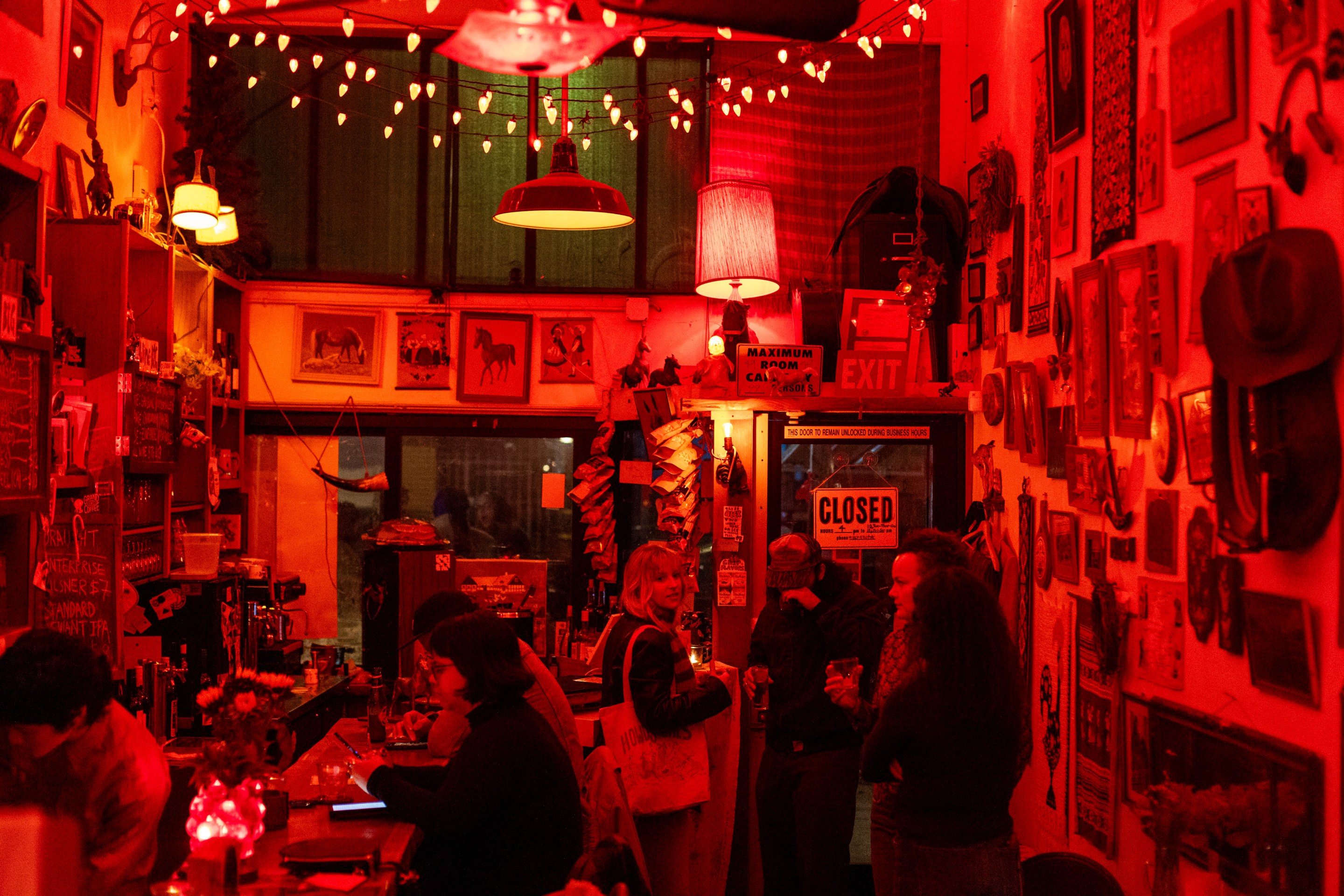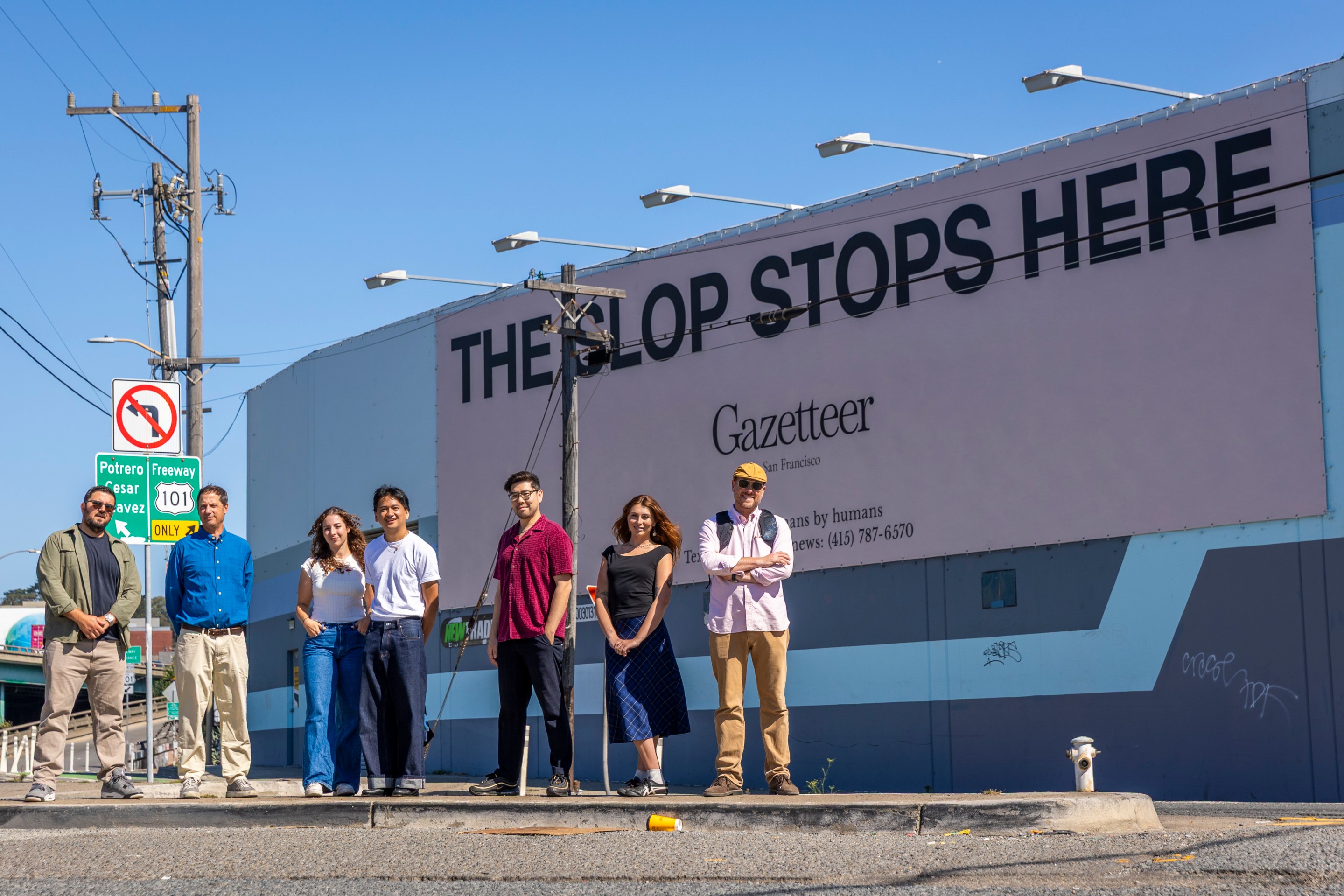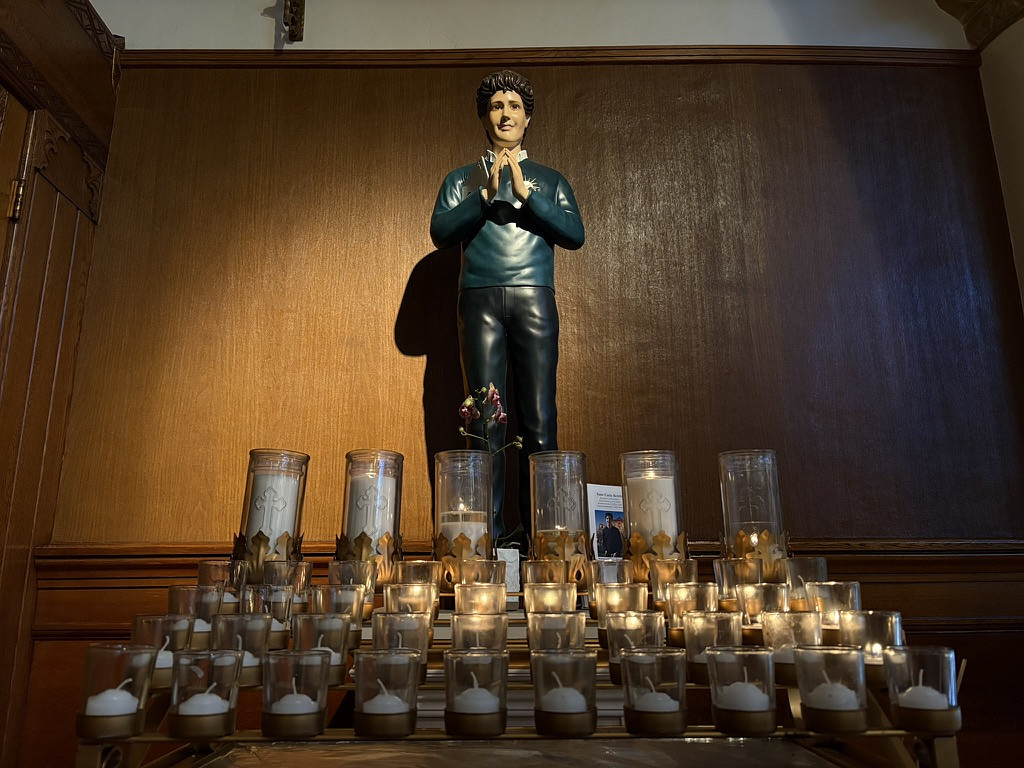Every year, some 10 million people visit the Golden Gate Bridge, according to the Golden Gate Bridge, Highway, and Transportation District. However, there has never been a precise way to count the daily number of pedestrians and cyclists who use it until the arrival of some new tech on the old landmark last month.
On July 24, the National Park Service installed a series of counting devices on both ends of the bridge to capture visitor data and inform future work. These counters came after several years of the agency planning to upgrade and expand its visitor count program across the entire Golden Gate National Recreation Area, NPS spokesperson Julian Espinoza told Gazetteer.
The GGNRA includes the bridge, Golden Gate Park, and other federal properties such as Sutro Baths and Muir Woods.
“The existing system is aging and not as precise as we would like. This initial phase is focused on some of the most heavily visited areas of the park,” Espinoza said.
In the past, various agencies used periodic “spot counts” to gather information about bridge use, but there have never been any pedestrian and bicycle counters installed on the bridge, said Paolo Cosulich-Schwartz, a spokesperson for the GGBHTD, which operates the bridge.

The bridge now touts about 16 counting machines. There are four counters just north of the bridge with the rest on paths immediately south of the bridge, including along the waterfront between Aquatic Park and the Welcome Center. Some of the sensors can differentiate between pedestrians and cyclists, while others simply count bodies passing through the optical sensor, according to Espinoza.
The counter project is expected to be completed by the end of year. The data will be used by NPS to analyze visitor traffic and trends, as well as create projections for future maintenance and infrastructure improvements. The cost of the counters was approximately $50,000, according to the NPS.
Luke Bornheimer, executive director of the public transit, pedestrian, and cyclist advocacy group Streets Forward, told Gazetteer that an updated, accurate count of users at the Golden Gate Bridge is not just long overdue, but important to understanding how alternatives to cars can be a bigger element of the bridge’s future.
“Getting exact counts of the number of people walking and biking on the bridge will help highlight the need for improvements focused on people walking and biking, both on the bridge and on the streets connecting to it,” Bornheimer said. “It [helps] make the case for installing a two-way protected bikeway in the roadway of the bridge, which would help decrease car traffic, noise, and air pollution on the bridge and help more people shift trips to bikes.”
The placement of the new counters will be tweaked over the next several months as the bridge district considers if and where to install permanent devices that would keep count for posterity. It’s taken 88 years of existence, but we finally have a way to see how many people and cyclists, not just cars, traverse the brick-hued icon.
Editor's Note: This story was updated on August 27 with the cost of the new counters.








